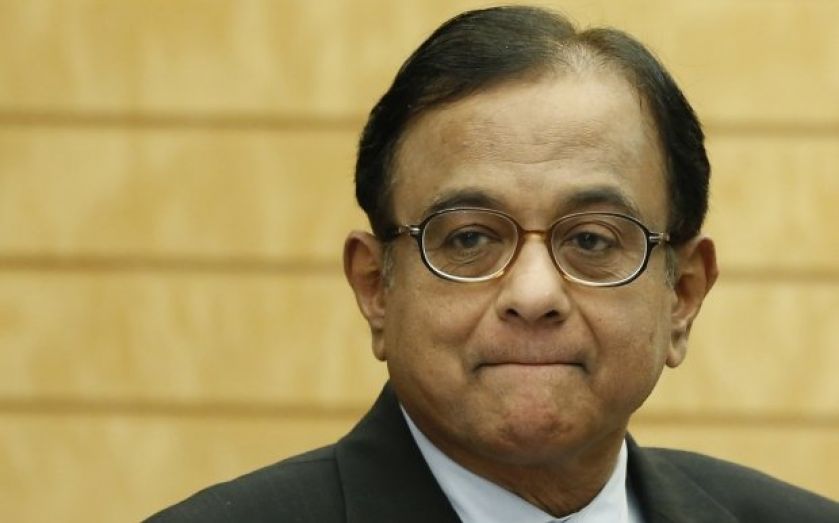Is the Indian government copying George Osborne?

A beleaguered finance minister announces his budget to his country’s parliament, trying to reduce his country’s budget deficit in the face of above-average inflation and dreary growth prospects.
The scene might sound familiar to followers of British politics, but yesterday it was Indian finance minister Palaniappan Chidambaram’s turn. The situation is hardly unique in post-crisis economies, but there are eerie similarities.
Hacking away at capital spending
According to Societe Generale’s Kunal Kumar Kundu, the government has managed to cut the deficit with “the easy way out”, laying into capital expenditure while leaving much of the country’s revenue expenditure untouched.

Source: Societe Generale
While revenue expenditure was lower by a mere 2.6% as compared to what was budgeted, capital expenditure was cut by a drastic 16.7% to stick to the stated fiscal deficit target of 4.8% of GDP
Of course, that doesn’t sound like anywhere else.

Source: Hansard
Consumption led-growth
Kundu adds: “India desperately needs to flip its growth model from being consumption led to investment led”. No comment.
The banking sector
The Indian government is also hampered by its state-owned banks: Other sources will need to be found for recapitalising the institutions, sincedisinvestment revenues that had been earmarked for the task came in five-sixths lower than forecast.
Superstar central banker
India snapped up one of the central banking world’s hottest acts, Raghuram Rajan, just a few months after Mark Carney began his time at the Bank of England.
Though both Rajan and Carney, have been compared to George Clooney, the comparisons stop there. While Rajan has hiked India’s benchmark rate three times, Carney has done everything in the face of improving data to suggest that rates will stay low for a prolonged period.